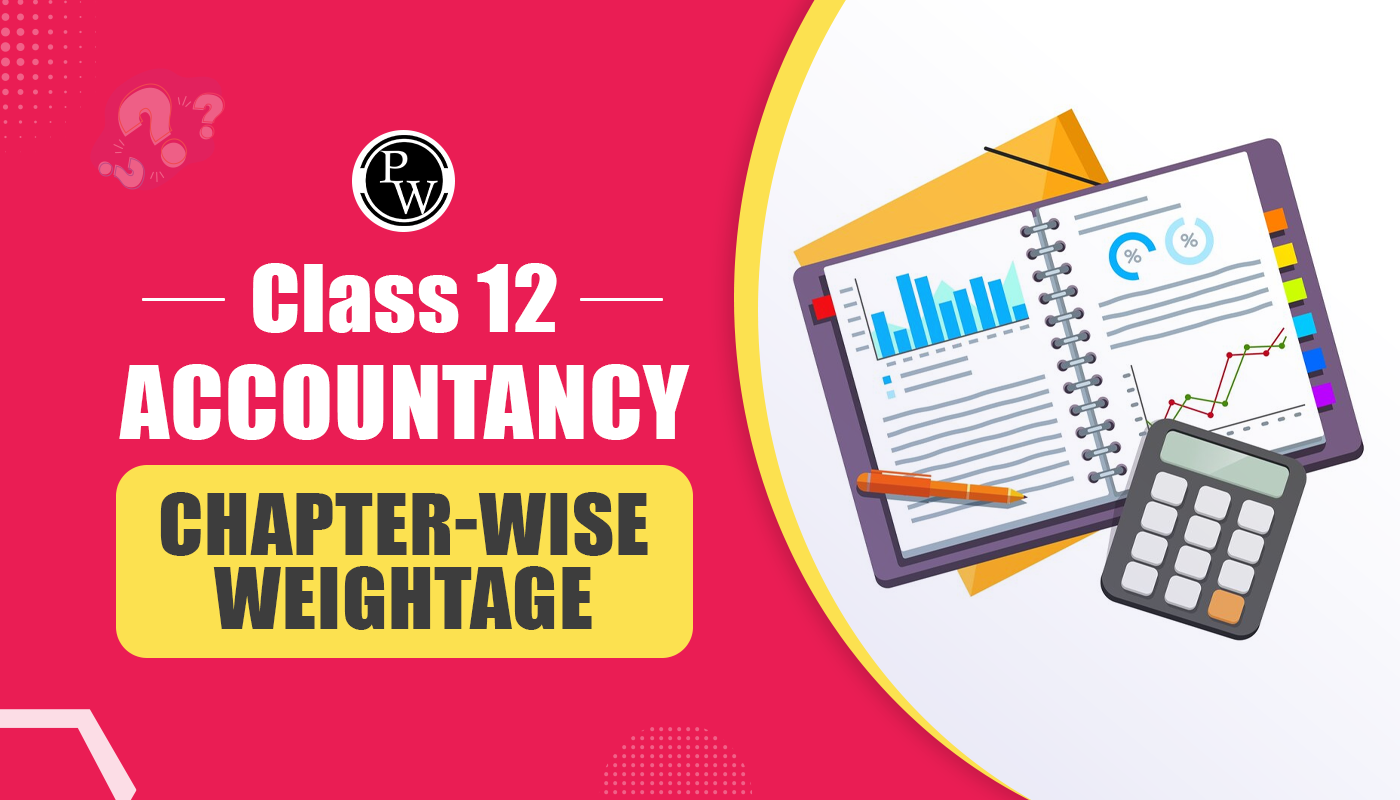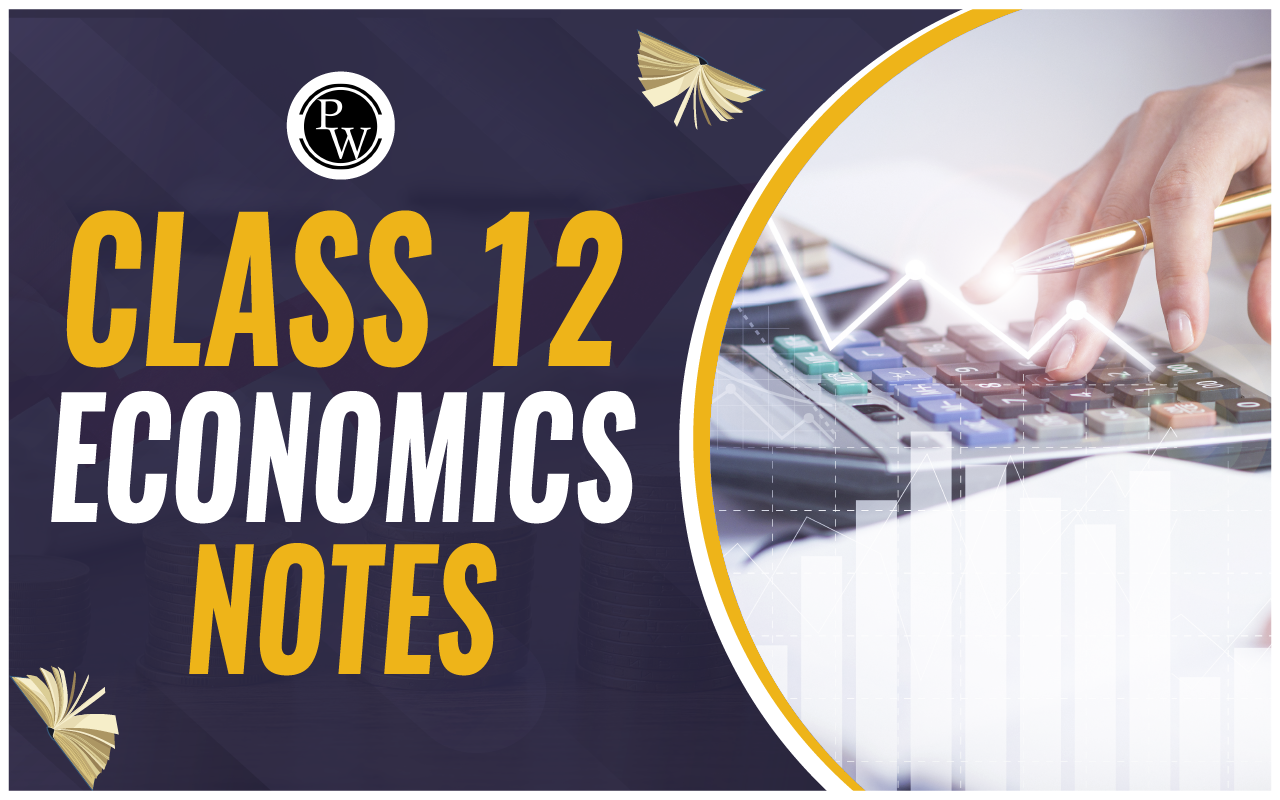
Goodwill is a type of intangible asset that can't be seen or touched but has a certain worth in the event of a profit-making enterprise. Thus, the valuation of Goodwill valuation is the market worth of the business's reputation that allows the firm to generate a profit beyond the regular profit produced by other enterprises in the same sector.
A happy consumer will return to the business again and again, assisting the firm in building a stable customer base that will produce more revenue in the future.
Valuation of Goodwill Meaning
Valuation of goodwill is the procedure of estimating the worth of a business's intangible asset, which symbolizes its reputation, customer loyalty, and brand value. In simplest words, it's like placing a price tag on the favorable image and reputation a firm has developed through time.
To assess goodwill, you need to examine numerous elements, such as the business's profits, market circumstances, and the unique industry it works in.
When is Goodwill Determined?
Valuation of Goodwill is done in any one of these situations:
- Partnerships- A goodwill appraisal is required when a Partner is admitted, retires, or dies. The requirement for goodwill appraisal often arises when a company dissolves or merges. A company must also evaluate goodwill when the profit-sharing ratio of its previous partners changes. Company-goodwill value occurs during acquisitions and mergers.
- Sole Proprietorship- Goodwill valuation arises when considering purchase factors relating to the sale or acquisition of the business.
Methods of Valuation of Goodwill
Valuation of goodwill involves employing different methods tailored to specific business situations. These methods are contingent upon individual company conditions and industry practices. The top three approaches for valuation of goodwill are delineated below:
- Average Profit Method
- Super Profit Method
- Capitalization Method
Average Profits Method
This method consists of two subdivisions.
- Simple Average: Goodwill is calculated by finding the average profit over a certain number of years, referred to as years purchase. The formula for this is: Goodwill = Average Profit x No. of years of purchase.
- Weighted Average: Last year's profit is calculated with specific weights. This is useful when there are variations in profits, emphasizing the current year's profit. The formula is: Goodwill = Weighted Average Profit x No. of years of purchase, where Weighted Average Profit = (Sum of Profits multiplied by weights) / (Sum of weights).
Merits:
Simplicity: This method is straightforward and easy to understand.
Historical Data: Relies on historical data, making it easier to obtain information.
Consideration of Past Performance: Takes into account the past performance of the company.
Demerits:
Ignore Future Prospects: Doesn't consider future growth potential of the company.
Dependent on Stability: Heavily reliant on the stability of past profits.
Doesn’t Consider Current Market Conditions: Ignores current market dynamics and trends.
Super Profits Method
This method focuses on the surplus of expected future maintainable profits over normal profits. There are two techniques under this method.
- Purchase Method by Number of Years: Goodwill is calculated by evaluating super-profits over a specific number of purchase years. The formula is: Super Profit = Actual or Average profit – Normal Profit.
- Annuity Method: The average super profit is considered as an annuity value over a definite number of years. The current value of this annuity at a given interest rate is calculated. The formula used is: Goodwill = Super Profit x Discounting Factor.
Merits:
Considers Future Earnings: Reflects future earning capacity by accounting for super profits.
Adaptable: Can adapt to changing market conditions and profit trends.
Takes Risk into Account: Factors in the risks associated with the business.
Demerits:
Complex Calculation: Involves complex calculations, especially in the annuity method.
Assumptions Required: Relies on assumptions about future profits which might not always be accurate.
Not Suitable for Stable Companies: Less suitable for companies with stable or decreasing profits.
Capitalization Method
Under this method, there are two approaches.
- Average Profits Method: Goodwill is assessed by deducting the original capital from the capitalized amount of average profits based on the average return rate. The formula is: Capitalized Average profits = Average Profits x (100/average return rate).
- Super Profits Method: Super profit is capitalized to calculate goodwill. The formula is: Goodwill = Super Profits x (100/ Normal Rate of Return).
Merits:
Considers Return on Investment: Reflects the relationship between profits and invested capital.
Takes Long-term View: Provides a long-term perspective on the company’s profitability.
Useful for Investors: Useful for investors as it indicates the potential return on their investment.
Demerits:
Difficulties in Determining Normal Rate of Return: Determining the normal rate of return can be challenging.
Ignores Short-term Fluctuations: Ignores short-term fluctuations in profits, which might be significant.
Dependent on Stability: Like other methods, heavily reliant on the stability of past profits.
Accounting Treatment of Valuation of Goodwill
Recording: Goodwill is listed as a non-current intangible asset on the balance sheet.
Amortization: Goodwill is not amortized but is subject to annual impairment tests.
Impairment Testing: Regular assessments are done to adjust its value if it has decreased.
Income Statement: Goodwill doesn't impact it directly, except for impairment losses, which reduce net income.
Disclosure: Financial statements should detail goodwill policies, impairments, and related information.
Distinctive Feature: Unlike tangible assets, goodwill isn't amortized systematically.
Valuation of Goodwill FAQs
How is Goodwill Valued?
What Factors Affect Brand Valuation?
How are Shares Valued in the Stock Market?
How Does Partnership Valuation Work?
How is brand value calculated?










